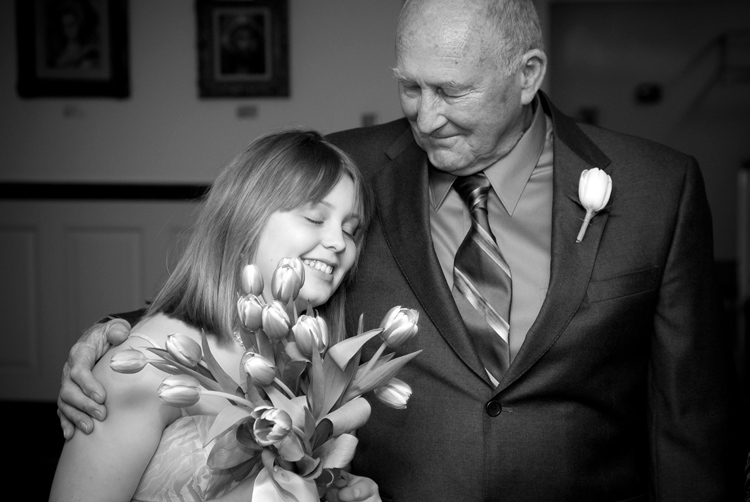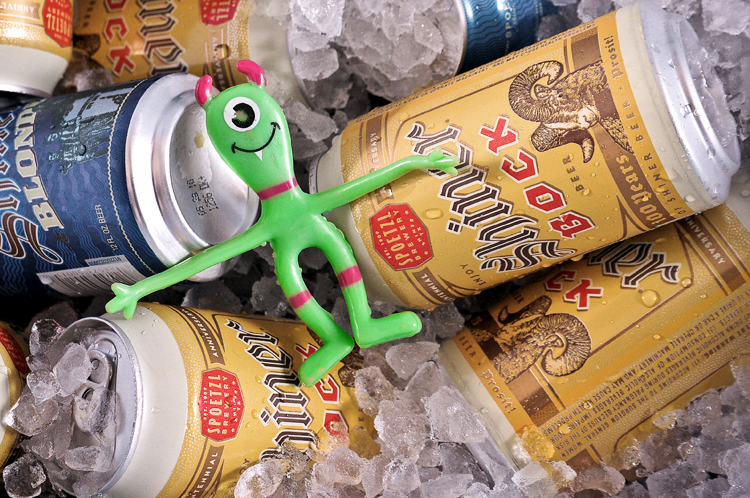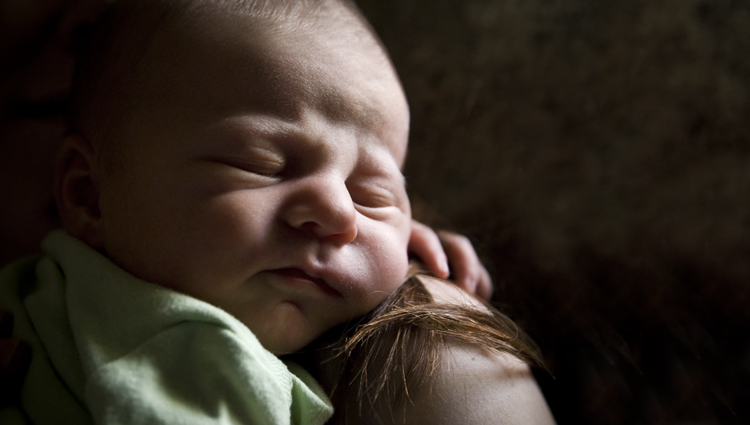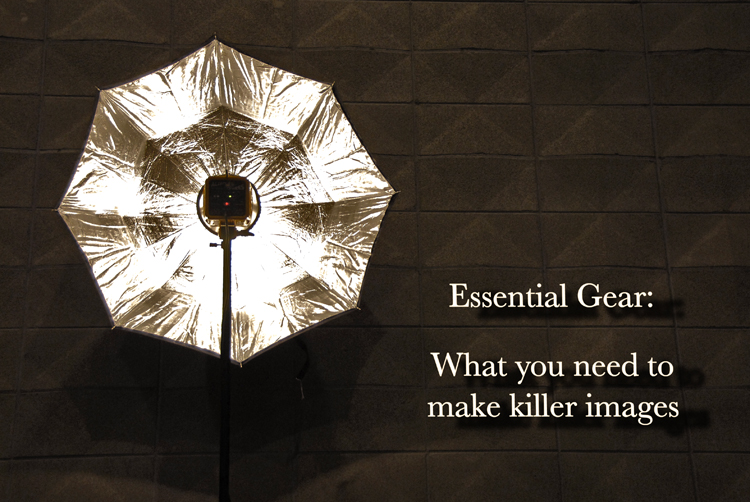
In this corner... As many of you know, I work part time at a pro camera shop in Tulsa. Since digital took over the photographic industry a few years ago, many people have crossed over kicking and screaming. Most of the apprehension towards digital is because of the idea that "film is better." Years ago, I agreed that digital would never come close to matching the quality of film. But, a few years ago its like they flipped a switch and **BAM** down goes film. The quality of a digital image became better than film, and has continued to improve since then. But telling this to the die hard film shooters is like telling Chicken Little the sky ISN'T falling. Am I saying people shouldn't shoot film? Absolutely not. I'm saying the image quality is better. But, if your vision in photography is best achieved shooting film, then digital would be a poor choice. What I am saying is digital is no longer a poor photographic medium. And to be shooting film because "film is better," is a misguided decision. Film is as good as it ever was. AND digital is even better, and continuing to improve. So, for the short time we still have film at our disposal, shoot whichever one fulfills your vision.
Years ago, I loved shooting film. But my first "professional" camera I bought during school was digital, and haven't shot any film since (about 4 years). Well, this past weekend I decided to shoot both film and digital. It was nothing official, just family snapshots over Easter weekend. I had a D200 set at ISO400, and a N6006 w/ 400 speed film. I didn't set out to compare the two. Rather, I simply wanted to shoot both mediums. I shot both available light and flash. After the weekend, here's a few thoughts about the two mediums.
First of all, digital is so much faster. Each day I was able to take my mem card, plug it into my mac, drag some sliders in lightroom, upload them to Facebook for the family to see, and done. I had to wait until Monday to have the film processed, scanned to cd, then into the computer, and here it is Wednesday and I still haven't had a chance to post them on Facebook.
One nice thing about film is it forced me to slow down. Getting in a hurry is my downfall. But having only 3 rolls of film for the entire weekend made me think about each shot, being sure every shot counted. And that was nice. With my D200, I cranked off too many poor shots.
But in the end, it all came down to the image quality. And for my style of shooting, its digital all the way. The dynamic range, detail, contrast, handling of noise (grain), and color were all far superior from my D200 than my N6006. After all these years, with many fond thoughts of shooting film, I gave it a go once again. But I discovered that my memories of film were somewhat fluffed up, romanticized. To give you an idea of how things came out, here's a couple of examples from the weekend.

This one is available light on film
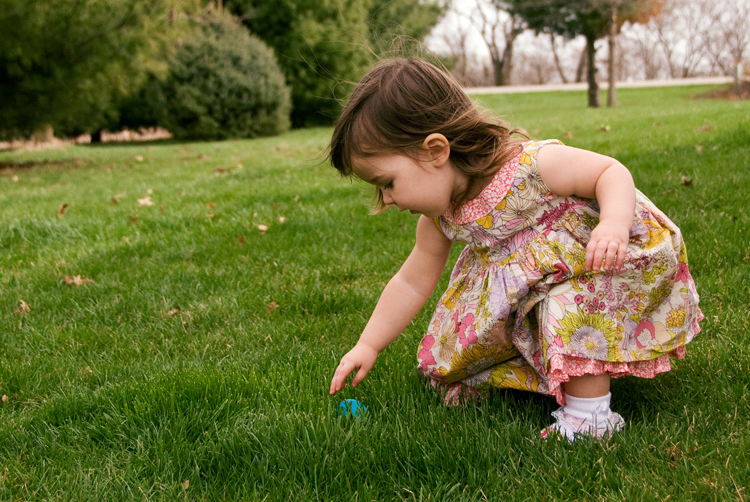
And a similar one in the same available light with digital
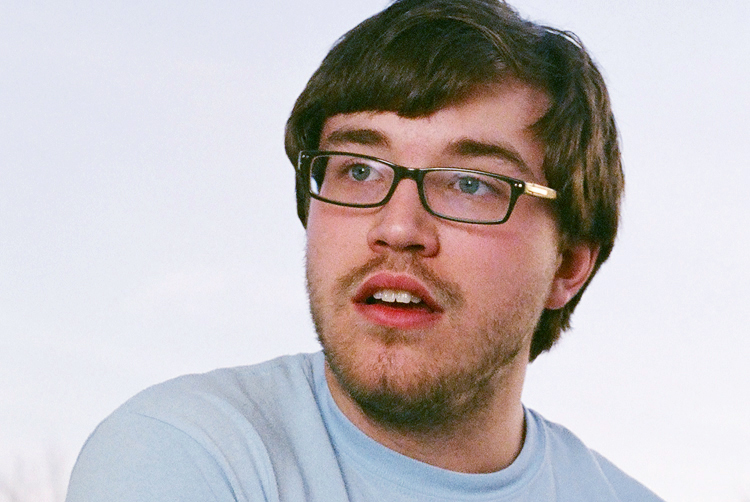
This shot is with an sb-800 light to balance the sky on film

And this is the exact same light and camera settings with digital
These images are not state fair ribbon winning photographs. But they were a couple of the best examples I had to show the difference between film and digital, in my experience. Over the weekend my aim was not to compare the two. But once I saw the difference, I had to share them. Perhaps one day I'll do a more "scientific" testing.
Film still has its place in the industry. There are many photogs out there making some pretty amazing images on film. And some are making serious bank doing so. So if that's you, awesome. Keep rippin' those rolls. If you're like me and shooting digital, awesome. Keep heating up those mem cards. But in either case, stop the debate over which is better. Both allow for amazing work and stellar images. So pick one and get out there and capture your vision.
Now, go out and shoot something!

